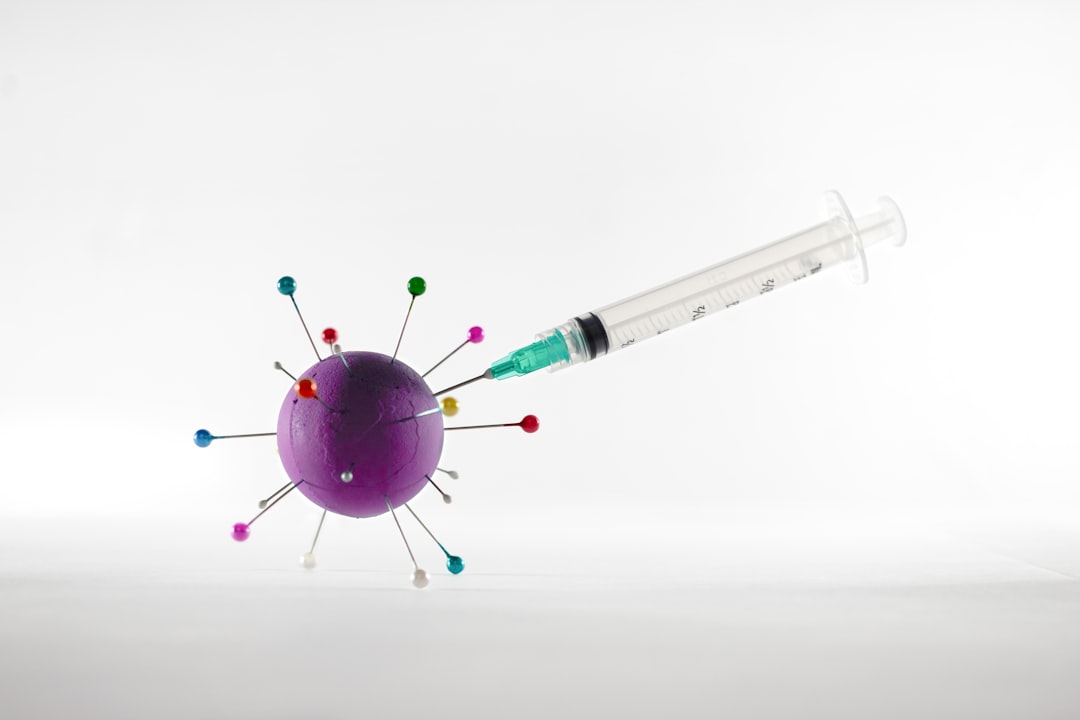What is it about?
It is about how renewables can replace the use of coal for electricity generation in Portugal. Nowadays, about a fifth of the electricity comes from burning coal and it represents also about a fifth of the total national CO2 emissions. Thus, the path towards a cleaner power system necessarily involves the shut-down of these powerplants and the replacement of its generation by renewables. In this work, we found that the phase-out of the only two coal-fired powerplants in Portugal could be supported by a significant investment on solar photovoltaics (about 8 GW, which is sixteen times the currently installed power capacity) coupled with a modest increase on hydro pumping. It would increase the renewable contribution in the power system from 50 to 77% and decrease 56% the power system emissions. We believe that achieving 8GW of photovoltaic before 2025 is a realistic ambition given the favourable insolation levels of Portugal and the competitive prices of the photovoltaics' technology.
Featured Image

Photo by veeterzy on Unsplash
Why is it important?
By showing that coal phase-out is feasible with a realistic increase on renewables, we hope to help demystify high renewable-based power systems and to keep incentivising the decarbonization of our society. Also, we hope to highlight technical and regulatory constraints that should be tackled by new investors and the government to take the Portuguese power system to the next level in what concerns distributed renewable generation, mainly regarding grid network constraints.
Perspectives
I believe that by showing the feasibility of coal phase-out, we are able to provide an optimistic while realistic view on the next level of the Portuguese power system, helping to trace one possible path towards a 100% renewable power system in Portugal.
Raquel Figueiredo
Faculty of Sciences, University of Lisbon
Read the Original
This page is a summary of: Replacing coal-fired power plants by photovoltaics in the Portuguese electricity system, Journal of Cleaner Production, June 2019, Elsevier,
DOI: 10.1016/j.jclepro.2019.02.217.
You can read the full text:
Contributors
The following have contributed to this page










